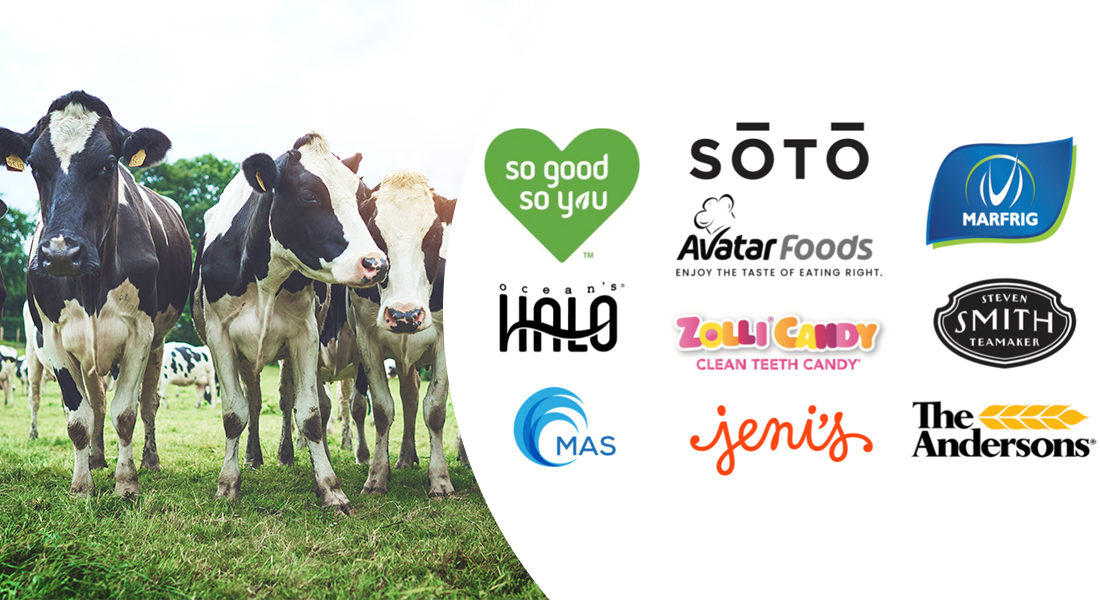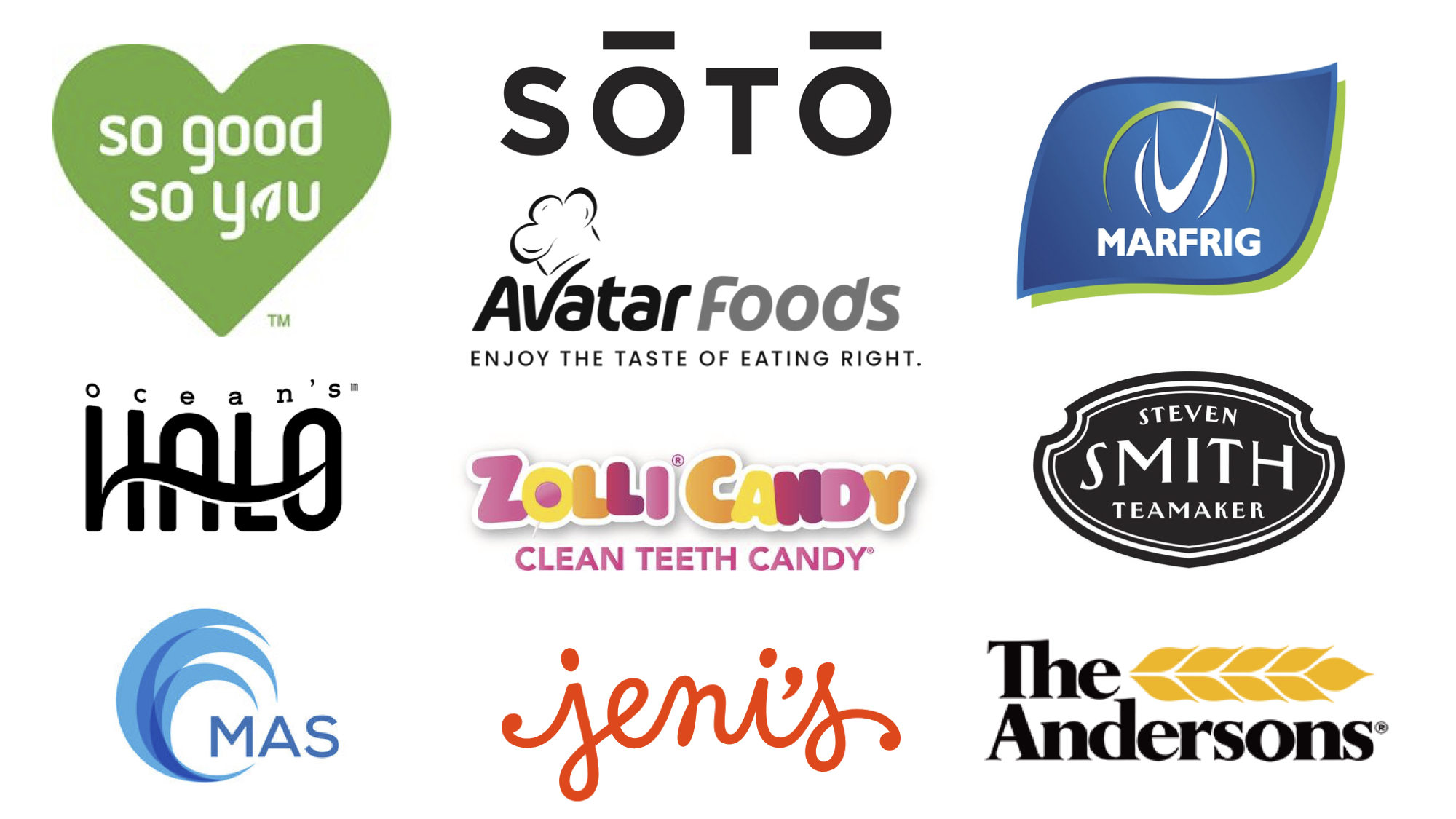Since January 2013, the Food and Drug Administration (FDA) has been working towards implementing new rules on food safety, as part of the agency’s Food Safety Modernization Act (FSMA). Some of the regulations have already taken effect and others will soon be finalized in early 2016. In anticipation of the upcoming Food Defense Vulnerability Assessment webinar hosted by Tyco Integrated Security on Thursday, December 10 at 1pm EST, this Xtalks blog will highlight some issues to be aware of to make sure your organization is FSMA compliant.
According to data from the Centers for Disease Control and Prevention, approximately 48 million Americans get sick as a result of consuming contaminated food every year. Of these people, 128,000 individuals are hospitalized as a result of a foodborne illness, and 3,000 of these people die each year. This burden on public health is most often preventable, and has led to the restructuring of the FDA’s guidelines for food and drink manufacturers.
The FDA’s FSMA has been structured to cover five fundamental areas:
- Preventive Controls – The FDA has developed a new legislative mandate which requires controls across the food supply to prevent issues before they occur.
- Inspection and Compliance – The FDA will be continuing to conduct risk-based inspections of food production facilities, and they will continue to innovate these procedures.
- Imported Food Safety – The FDA is implementing new rules to ensure that imported food meets US safety standards. The agency will now require importers to prove that their suppliers have established preventative controls, and third party auditors will be accredited by the FDA in order to inspect foreign production facilities and ensure product safety.
- Response – The FDA now has authority over all mandatory recalls for food products, though the agency admits that most companies in the food industry are compliant with voluntary recalls.
- Enhanced Partnerships – Legislation will now allow for the synergistic effort of all food safety agencies at the US, federal, state, local, territorial, tribal and foreign levels, to allow for optimal public health
Food Defense and Prevention of Intentional Adulteration
The FDA has also drafted new rules under the category of Food Defense, to protect food against intentional contamination. Examples of intentional contamination include “sabotage, terrorism, counterfeiting, or other illegal, intentionally harmful means.” Food defense is a distinct category which differs from food safety in that the former deals with prevention of intentional contamination, whereas the latter is concerned with prevention of unintentional contamination.
Potential intentional contaminants could include biological, chemical or radiological compounds that are not normally found in the food source. To combat this threat to public health, the FDA has proposed a new Intentional Contamination rule.
The rule introduces four key activities carried out during food production that have been identified as most vulnerable to potential adulteration:
- Bulk liquid receiving and loading
- Liquid storage and handling
- Secondary ingredient handling
- Mixing and similar activities
While the final rule for food defense has yet to be published, the rule will require food manufacturing and handling facilities to perform a vulnerability assessment to determine if any of the above activities are performed at the site. The facilities will then need to identify actionable steps that can be taken to reduce the risk of intentional adulteration. In addition, the rule will require manufacturing plants to write a food defense plan.
According to Don Hsieh, Director of Commercial and Industrial Marketing for Tyco Integrated Security, the key message for anyone in the food industry is to be prepared and to be proactive. Hsieh – along with Ned Mitenius, Founder and President of Periscope Consulting, LLC – will be speaking in an upcoming webinar on conducting vulnerability assessments and drafting a food defense plan that will be FSMA compliant.
“While many of the law’s deadlines are scheduled for more than a year into the future, and specific details within the rules and who oversees them may change, there’s one common theme across all FSMA rules that businesses should consider: Proactively creating a food defense and safety plan — or updating a current one — is the first step to ensure compliance,” said Hsieh. “Taking a proactive approach to food defense will not only make FSMA adherence less daunting for organizations, but it will also ensure that businesses are working to avoid the risks associated with food adulteration and contamination.”
Hsieh explains that there are Four A’s of food defense that should be considered when planning for when the new FSMA rules to come into effect. “First, businesses should assess the risks throughout their supply chains. They can start by conducting a vulnerability assessment of critical control points to identify where someone could attempt product adulteration — both inside and outside of company walls.
“Second, organizations should consider who has access to critical control points. In particular, they should pay close attention to the four key activity types that FDA has identified as particularly vulnerable to adulteration. Businesses should also restrict access to these areas from contractors, visitors and most employees, limiting access to critical employees only. This step not only provides a higher level of protection, but by integrating video monitoring, it can also help businesses identify potentially responsible parties in the event of an incident.
“The next consideration is to employ technology that alerts appropriate individuals of intentional and unintentional food adulteration. In this phase, response time is critical. Every passing minute is a minute when more health risks could develop, which leads to a greater chance of negative impacts on brands and, most important, public safety.
“Lastly, organizations should audit operational and regulatory compliance to ensure and maintain best food defense practices and provide documentation of compliance to regulators. FSMA promotes the safety of the U.S. food supply by focusing on prevention, rather than reactive response.”
The FSMA has already, and will continue to impose new rule and regulations to which food manufacturers must be compliant. To ensure that your organization is ready to conduct a vulnerability assessment and write a food defense plan, register for the upcoming webinar, Food Defense Vulnerability Assessment: 3 Things You Need to Know to Prepare for the Food Safety Modernization Act (FSMA).
Is your organization ready for the FDA’s FSMA Food Defense rules to be put into effect? Do you have a plan for how you will conduct your vulnerability assessment and prepare a food defense plan? Share your thoughts in the comments section below!









Join or login to leave a comment
JOIN LOGIN